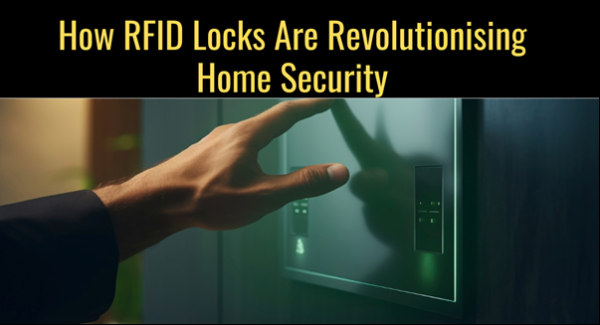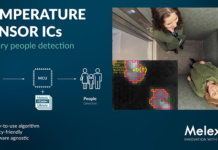RFID Locks: In an era where digital innovation is refining every side of our lives, the idea of home safety is undergoing a radical alteration. Gone are the days when a simple, important padlock was the final deterrent. The growth from mechanical locks to complex smart systems has paved the way for a new generation of safety solutions. This is where RFID (Radio Frequency Identification) locks come in as a really big change in technology. Such tools are the “silent protector” of the recent home and give a seamless blend of strong security and unparalleled convenience.
As per the Pristine Market Insights, the rise of the Internet of Things (IoT) and rising internet penetration have created a fertile ground for the growth of the RFID lock market. Connecting smart locks to the internet not only offers greater control and monitoring but also produces a sizable opening for market development. The RFID locks with their contactless access and smart encryption, position at the forefront of this uprising and provide a new layer of protection for recent living.
Understand RFID Locks and How They Work?
The RFID expertise uses radio waves to recognise and follow objects without requiring wires. In home security, this interprets to locks that function without physical keys or keypads. Rather than an RFID lock system that involves a reader and a tag, which can be a card, fob, or even a sticker on your phone.
When an acceptable tag comes near the reader, at that time, the reader sends out a radio indicator. Such a field powers the inactive tag, causing it to transmit its exclusive digital ID back to the reader. The lock then relates this ID to a database of authorised credentials. If the ID is a match, the lock mechanism disengages and grants access. Such a process is nearly rapid, which offers a touchless, reliable, and swift process. Unlike regular locks that are susceptible to picking, or keypad locks that can be negotiated by code sharing or “shoulder surfing,” RFID locks offer a safe, suitable, and modern substitute for home access.
Key Advantages of RFID Locks in Modern Living:
- Convenience
The main benefit is that the keyless entry works correctly. Instead of fumbling for keys, you only use an RFID card, fob, or even your smartphone to gain quick and contactless access. Not like keypad locks; you don’t need to recall a code, which eliminates the risk of “shoulder surfing” or forgetting a combination.
- Enhanced Security
The RFID locks offer better safety than normal locks that use a key or button. The digital recognition used in RFID systems is encoded, which makes them far more difficult to replace or pick. If a tag is missing or stolen so it can be quickly deactivated from the system, rendering it useless and eliminating the safety risk that comes with a lost physical key.
- Advanced Access Control & Audit Trails
One of the strongest aspects of such locks is granular access control. You are able to provide temporary or time-limited access to specific individuals, such as a pet sitter or a repair service. Several systems also provide audit trails, which track and log all entries and exits. Such a thing offers an unmistakable, time-stamped account of who has entered your house and when, which provides an important degree of peace of mind and accountability.
- Durability & Design
With minimal physical contact, these modern locks experience significantly less wear and tear than mechanical locks that rely on moving parts. Such interprets to enhanced robustness and a longer lifespan. Their sleek and modern projects also blend seamlessly with contemporary home aesthetics.
RFID vs. Traditional Locks: A Comparative Perspective
Normal locks have substantial exposures that are becoming obsolete in the face of current security threats. They’re vulnerable to physical attacks such as lock-picking and bumping, and a lost or duplicated key can make a lasting safety risk until the entire lock is replaced. This method is inconvenient and expensive.
RFID locks address these weaknesses by operating on encrypted digital credentials that are extremely difficult to duplicate. A lost RFID tag can be remotely disabled with a few clicks, rapidly revoking its access without requiring a locksmith. Such a mixture of convenience and improved safety is a major reason why modern households are changing to RFID solutions. For apartment complexes and shared living spaces, the capability to effortlessly manage and monitor who has access and when, without the hassle of physical keys which makes RFID locks a vital component of a smart and secure home.
Conclusion:
The RFID locks signify an important dive in home security. By integrating regular with progressive technology, they provide a secure, keyless solution that addresses the shortcomings of normal and even some smart locks. As the “silent protector” of modern living, they offer peace of mind and continuous incorporation into the connected home.

















